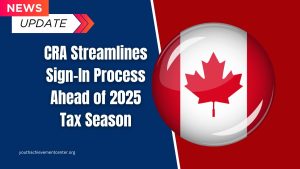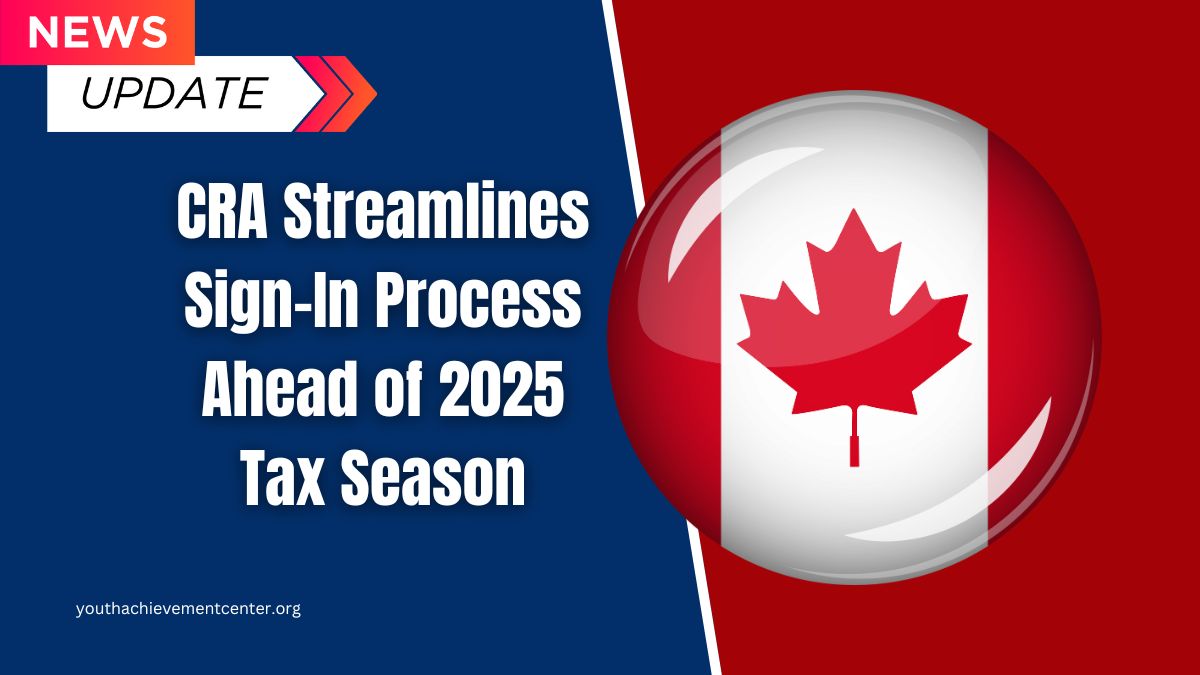The Internal Revenue Service (IRS) routinely updates its tax codes and programs to stay relevant and user-friendly for taxpayers. The upcoming 2025 tax filing season, scheduled from January to April 2025, will introduce significant changes affecting millions of Americans. These updates aim to simplify the tax process for both taxpayers and IRS employees.
Expanding the Direct File Program
In 2024, the IRS launched the Direct File pilot program, a free online tax filing service available to taxpayers in 12 states. Due to its success, the program is set to expand in 2025, increasing its accessibility to a larger number of individuals.
States Participating in Direct File
- 2024 Coverage: Residents of Arizona, California, Florida, Massachusetts, Nevada, New Hampshire, New York, South Dakota, Tennessee, Texas, Washington, and Wyoming were eligible.
- 2025 Expansion: Additional states include Alaska, Connecticut, Idaho, Kansas, Maine, Maryland, New Jersey, New Mexico, North Carolina, Oregon, Pennsylvania, and Wisconsin.
To qualify, taxpayers must have lived and worked in the eligible states for the entire prior tax year.
Program Highlights
- Over 140,000 taxpayers used Direct File in 2024 to submit federal tax returns for free.
- The program connects users to their state’s free tax filing systems, completing the process seamlessly.
- IRS Commissioner Danny Werfel expressed optimism about the expansion, emphasizing the IRS’s commitment to improving the filing experience for taxpayers.
The IRS plans to further extend this program annually, adding new features and functionalities to make tax filing simpler for all.
Changes in Standard Deductions for 2025
The IRS is increasing standard deduction amounts for taxpayers, which will significantly impact filings for the 2025 tax year:
| Filing Status | 2024 Deduction | 2025 Deduction | Increase |
|---|---|---|---|
| Single or Married Filing Separately | $14,600 | $15,000 | $400 |
| Married Filing Jointly | $29,200 | $30,000 | $800 |
| Head of Household | $21,900 | $22,500 | $600 |
These adjustments ensure that taxpayers retain more of their income, reflecting inflation and economic conditions.
Updates to Alternative Minimum Tax (AMT)
For 2025, the Alternative Minimum Tax (AMT) exemption amounts have been revised to reduce the tax burden on middle and high-income individuals:
- Unmarried Individuals: Exemption increases to $88,100 and begins to phase out at $626,350.
- Married Filing Jointly: Exemption rises to $137,000 and phases out at $1,252,700.
- Married Filing Separately: Exemption set at $68,650.
These changes aim to provide relief and ensure that fewer taxpayers are subject to AMT requirements.
Preparing for the 2025 Tax Filing Season
The IRS’s upcoming changes reflect its commitment to simplifying tax processes and addressing taxpayer needs. The Direct File expansion and revised deduction and AMT thresholds demonstrate progress toward making the system more accessible and equitable. Taxpayers are encouraged to stay informed about these updates and leverage the new tools and adjustments to optimize their filings.
FAQs
1. What is the Direct File program, and how does it work?
The Direct File program allows eligible taxpayers to submit federal returns online for free. It also connects users to their state’s free filing systems to complete the process.
2. Who qualifies for Direct File in 2025?
Taxpayers must have lived and worked in participating states for the entire 2024 tax year to qualify.
3. How many states are included in Direct File for 2025?
The program covers 24 states, doubling from the 12 states included in 2024.
4. What are the new standard deduction amounts for 2025?
Standard deductions increase to $15,000 for singles, $30,000 for married filing jointly, and $22,500 for heads of household.
5. When will the 2025 tax filing season begin?
The 2025 tax filing season will run from January to April 2025.
Stay updated on IRS announcements to ensure a smooth filing experience!







